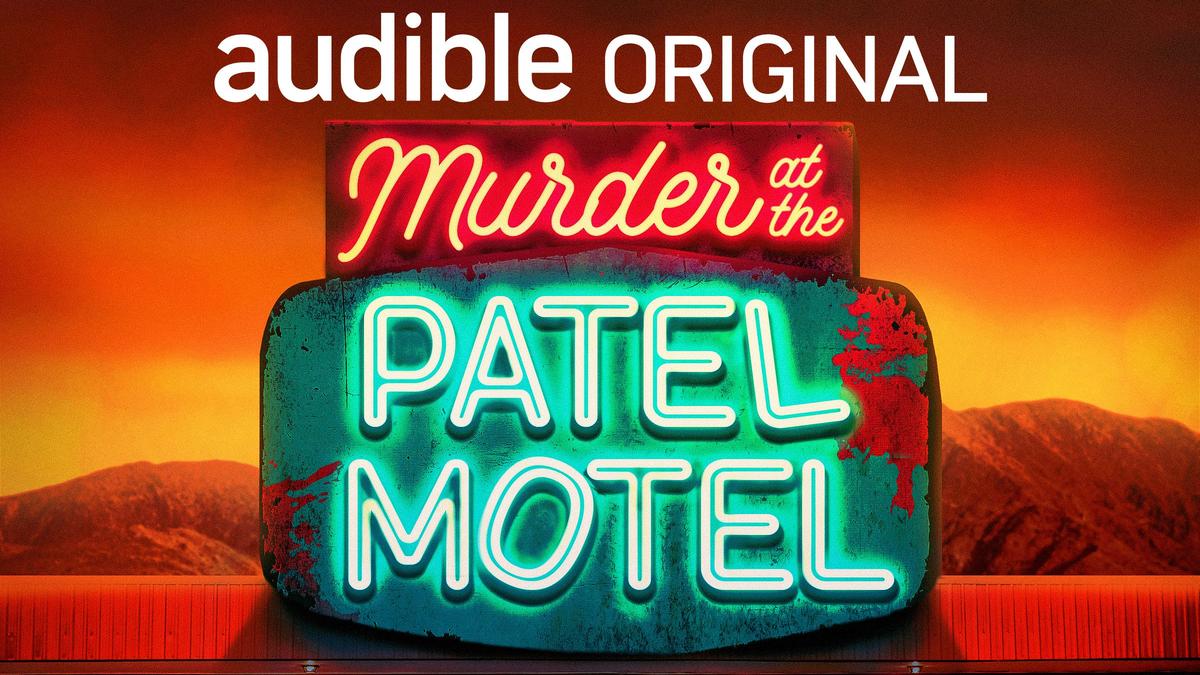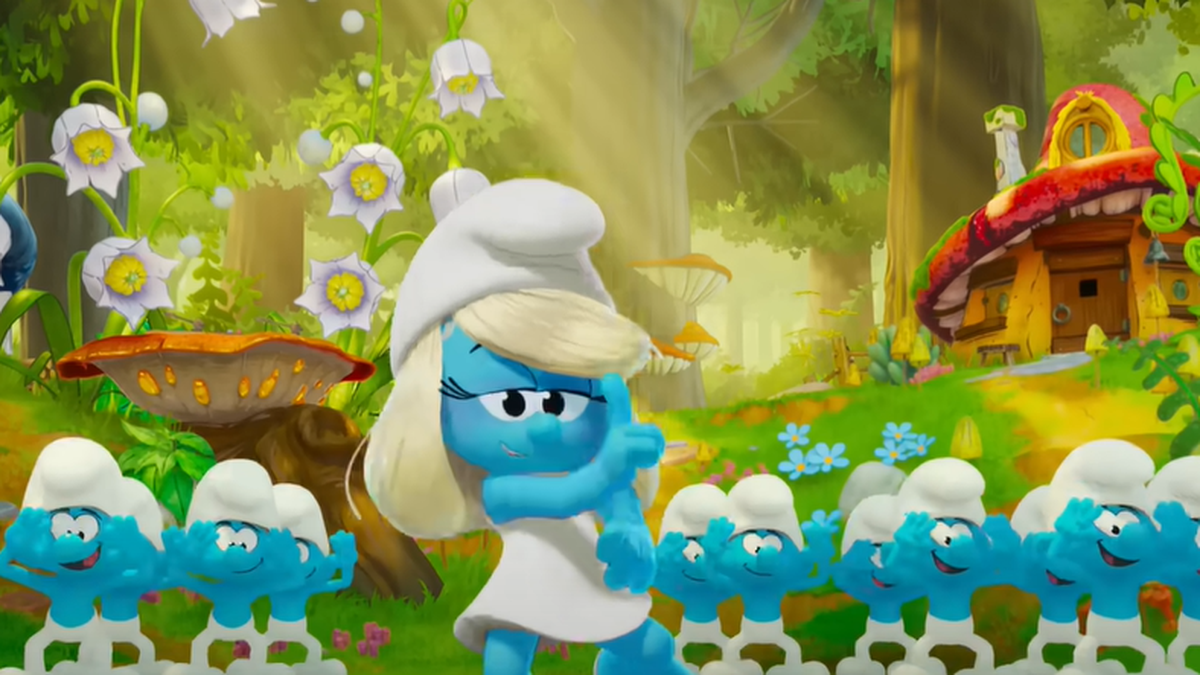There’s never a bad time to brighten up your pearly whites, and lucky for Us, Dr. Michael Apa shared his best oral care hacks that will have you smiling like you just stepped off a private jet — even if you haven’t left the house.
Call him the real-life tooth fairy: Apa has an impressive roster of A-list clientele, from Jennifer Lopez to Kylie and Kendall Jenner, and he has four state-of-the-art Apa Aesthetic offices in New York, L.A., Dubai and Miami. Since 2004, the renowned dentist — who specializes in minimally invasive cosmetic dentistry — has gained recognition for his natural-looking smile makeovers over the years. And although his process begins at $50,000, he does have wallet-friendly tips for those who can’t book an appointment IRL.
Scroll on to see the easy-to-follow rules (plus, some surprising myths!), including the foods to eat for stronger, whiter teeth to the trendy toothpaste you might want to avoid:
Choose the Right Whitening Kit

“[It’s] a quick, simple solution for a more appealing smile,” Apa tells Us. While in-office treatments are “typically stronger,” you can still brighten your pearly whites on your own. Make sure hydrogen peroxide — or carbamide peroxide, for those prone to sensitivity — is on the label. The pro recommends applying the product to “freshly brushed teeth” and, if possible, scheduling a professional cleaning one to two months before using your kit. We like Crest’s 3D Whitestrips Professional Effects.
Your Post-Brightening Routine Matters

What you consume in the 48 hours following tooth whitening does determine the overall results. “Avoid food and drinks that would stain a white T-shirt,” Apa notes. Think: red wine, coffee, chocolate and berries. Fruits that are low in acidity and light in color (like bananas and pears) are safe options, along with nutritious bites like egg whites, potatoes and yogurt, to name a few.
Eat Specific Foods on a Daily Basis

“An apple a day keeps the dentist away,” Apa preaches, adding that “biting into roughage and textured foods can help remove debris in between brushing and flossing.”
Don’t Be Fooled by Activated Charcoal

“Natural isn’t always better,” Apa shares. “So many products are marketed by marketers — look for products that are [promoted] by industry professionals.” Activated charcoal is one example. Despite being a “highly marketed product in the health and beauty space,” Apa says to avoid it. “It’s abrasive, so while [it claims to remove stains], it may also be removing enamel.”
Or Apple Cider Vinegar

The popular pantry staple is also a no-go. “[It’s] highly acidic and can lead to tooth erosion,” Apa says. “I strongly suggest avoiding any whitening product that’s effective as a stain remover only because it is breaking down the top layer of your teeth.”
Choose Your Toothpaste Wisely

No matter how badly you want to order that purple toothpaste you saw on Insta, don’t give in. “Your toothpaste should have either fluoride or hydroxyapatite, which work to remineralize the tooth after exposure to acidic or abrasive foods,” he explains. “If you have sensitive teeth, calcium hydroxide is important, too. Abrasive toothpastes can wear away enamel. Look for a formula with a low RDA [Relative Dentin Abrasion] value.” Try the Apa White Toothpaste!
Don’t Shy Away From Night Guards

Sure, you may feel dorky in the moment, but Apa highlights the important role they play in the effects of stress, “a trigger for clenching and grinding — behaviors that can cause swollen gums, tooth loss and everything in between,” he points out. Apa also notes that a hard night guard (versus a soft one) may be the better option as it’s more durable.
Use a Sonic Toothbrush

“It makes a difference,” he says of the oral care gadget, which is more effective at removing plaque compared to a standard toothbrush due to its motorized brush head. Pictured here: Apa Clean Sonic Toothbrush.

 10 hours ago
1
10 hours ago
1
























 English (US) ·
English (US) ·